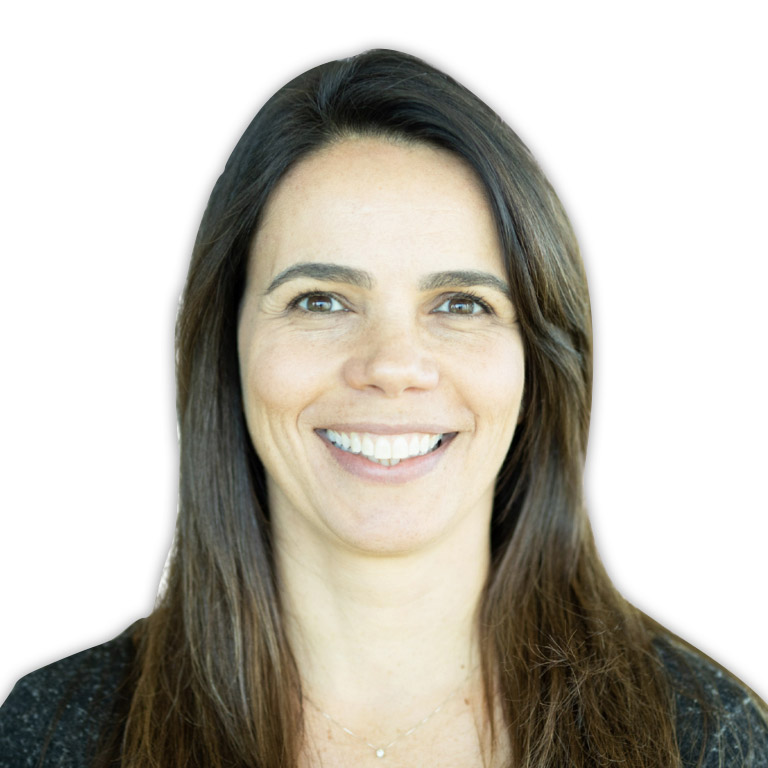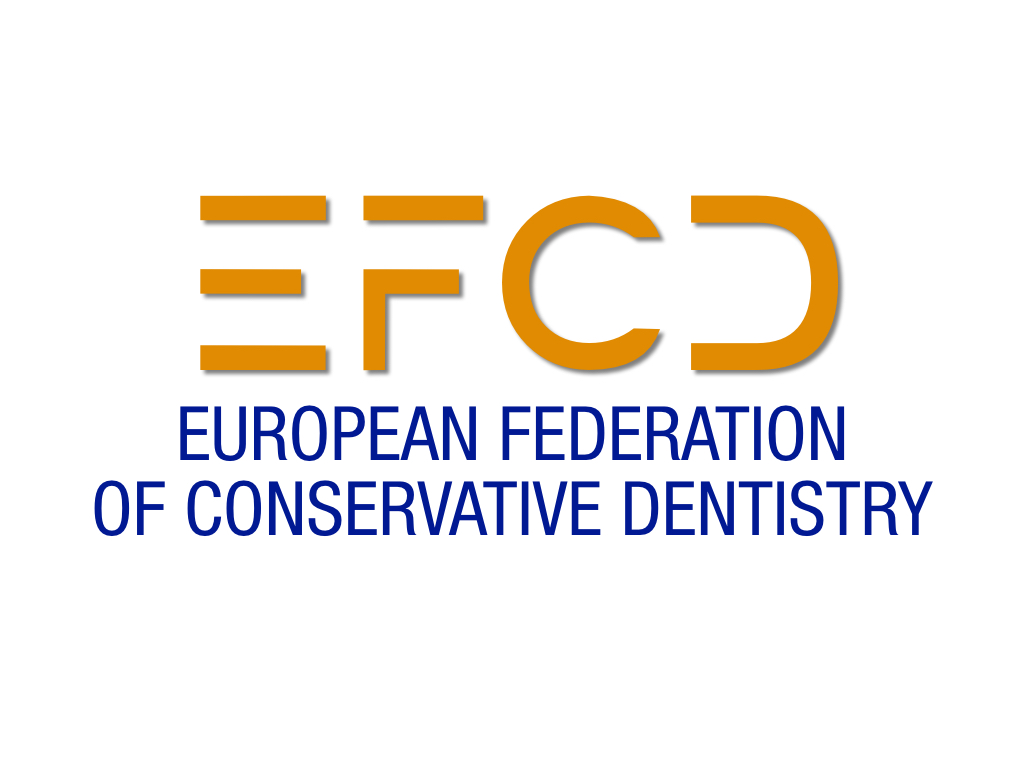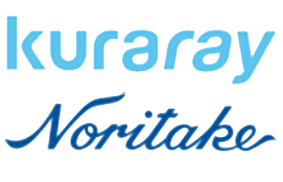
Saturday 8th July 2023
10:00 INTRODUCTION BY MODERATOR
Lecturers will deliver several cases on which the audience can interactively give their opinion/decision. Answers on the questions to be discussed during the lectures
10:30 PROF. DR. ANITA VISSER AND DR. NIEK OPDAM: "GERODONTOLOGY AND RESTORATIVE DENTISTRY: NATURAL ENEMIES?"
The upcoming generation elderly will be a different generation when compared to their ancestors. First, their life expectancy has increased. However, aging is associated with the onset and development of aging related diseases such as Parkinson, dementia, arthritis, and diabetes. Next, in contradiction to their ancestors who were often edentulous many of them will be able to retain their natural teeth until high age as a result of technical developments in dental care such as restorative treatment (endodontics, crowns etc). As long as these elderly stay healthy, have a good oral hygiene and stay connected with dental care the lifespan of these dentitions can often be considered as lifelong. However, maintaining natural dentitions in frail elderly, especially when these dentitions are heavily restored is a real challenging for the dental team as those dentitions may quickly deteriorate due to dry mouth problems, poor oral hygiene and lack of professional dental care. This often leads to complex dental problems.
This lecture aims to give insight in the (complex) dental problems of elderly and how to prevent or handle these problems.
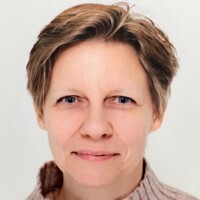
Prof Dr. Anita Visser
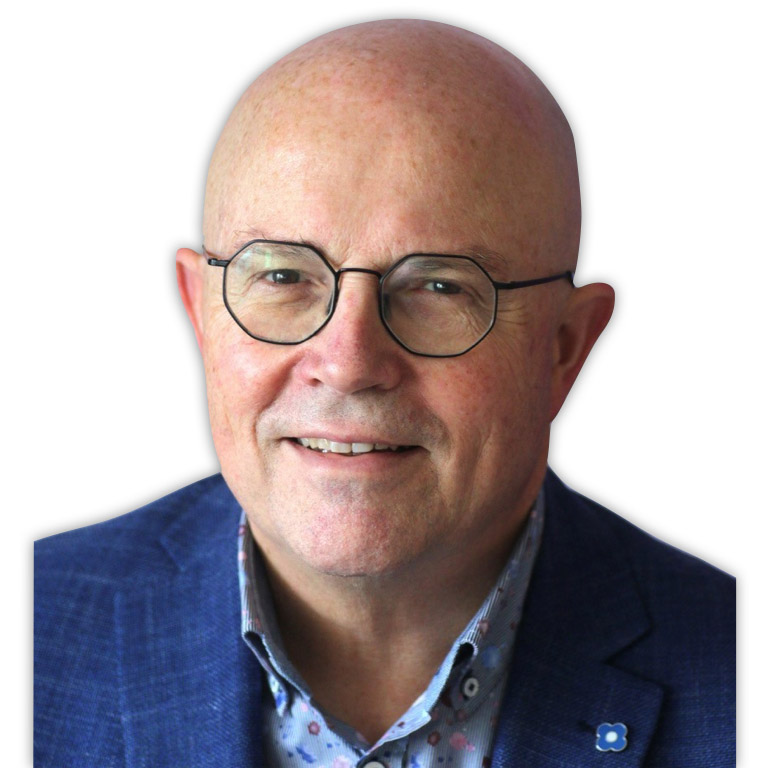
Dr. Niek Opdam
11:10 PROF. DR. BAS LOOMANS AND DR. PAUL DE KOK: "DIRECT OR INDIRECT RESTORATIONS, WHAT'S IT GONE BE?"
Severe tooth wear is seen as an increasing problem in dentistry. Among adolescents, in one-third of the population dental wear is observed, which assumes that nutrition plays an important role. However, the number of patients with tooth wear that needs restorative treatment is relatively limited and the etiology of wear seems to be complex and multifactorial. Besides chemical wear (acidic food, reflux), mechanical wear (bruxism, abrasion) has an important influence. Regarding restorative treatment, both indirect, semi-direct, and direct techniques are eligible, although long-term results are still scarce.
Paul and Bas will challenge you to think differently on the main topic: ‘Should I go for direct or indirect restorations when treating a patient with severe tooth wear?’
Learning goals:
– Acquire knowledge of the various possible treatments (direct techniques, indirect techniques, hybrid techniques, and 3D CAD-CAM procedures)
– Obtaining many clinically useful tips!
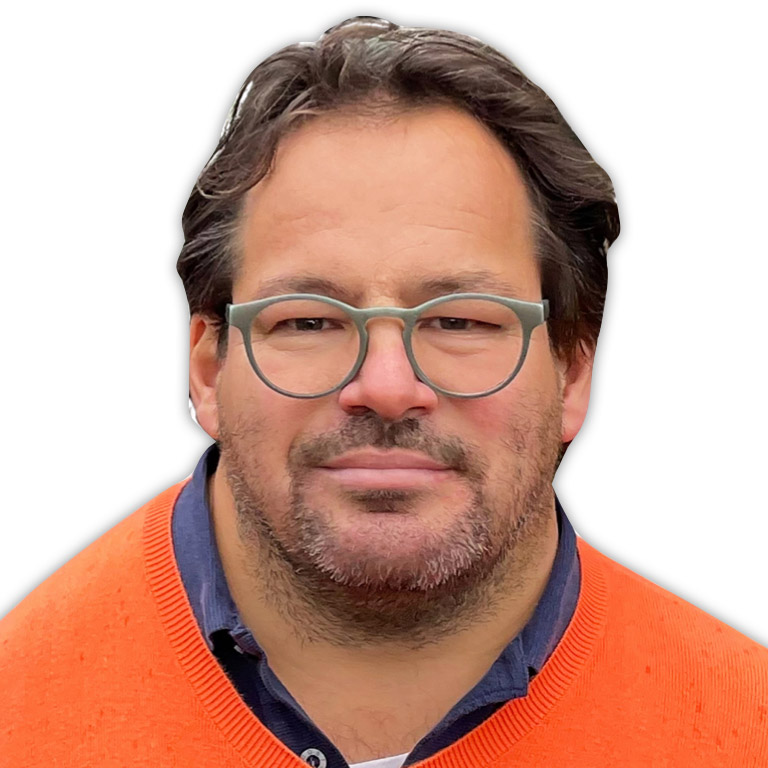
Prof Dr. Bas Loomans
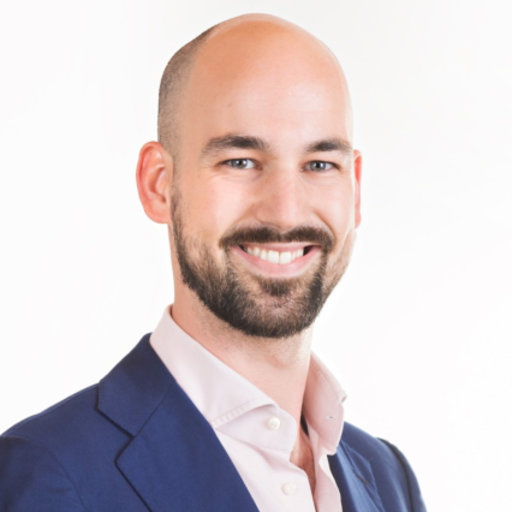
Dr. Paul de Kok
11:50 COFFEE BREAK
12:20 PRESENTATION OF THE RESULTS OF THE "EXPERT MEETING BY DENTSPLY SIRONA"
12:50 LUNCH
14:00 PROF. DR. REINHARD HICKEL AND PROF. DR. AVIJIT BANERJEE: "DOING WHAT IS THE BEST OR WHAT PAYS THE BEST?"
In Germany in the 70s and 80s the consumption of gold in dentistry was higher than in all other countries around the world. This was essentially due to a specific and high reimbursement sytem for prosthetic restorations. In the last 30 years the system changed and prevention was more frequently done. This decreased not only prosthetic work significantly but also the numbers of fillings, root canal treatments and extractions per year. Still restorative dentistry is the major part of the income of most dentists. The statutory insurance system is paying only a basic fee for amalgam and patients who want to get tooth coloured restorations have to take over the additional amount.
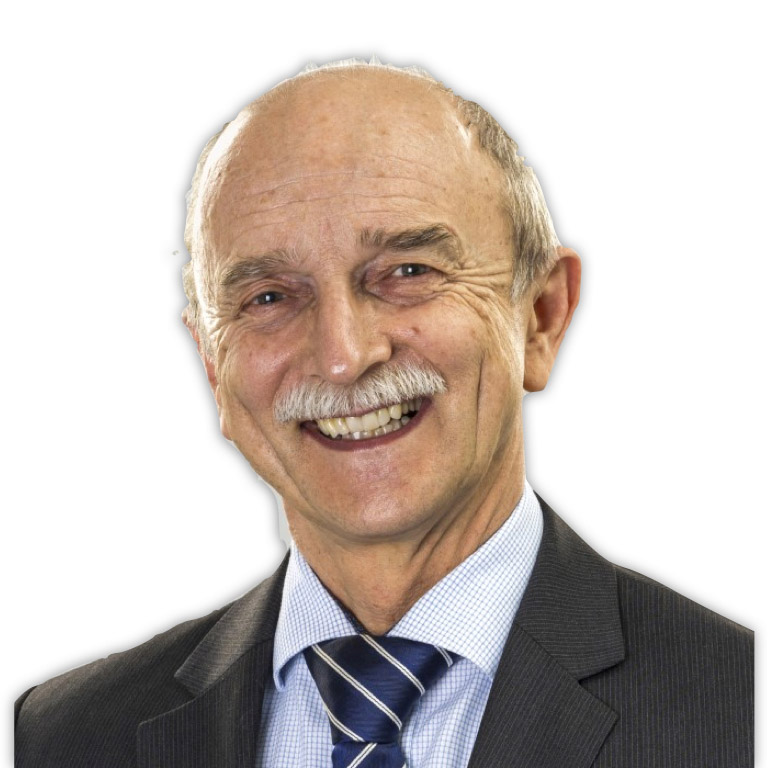
Prof Dr. Reinhard Hickel
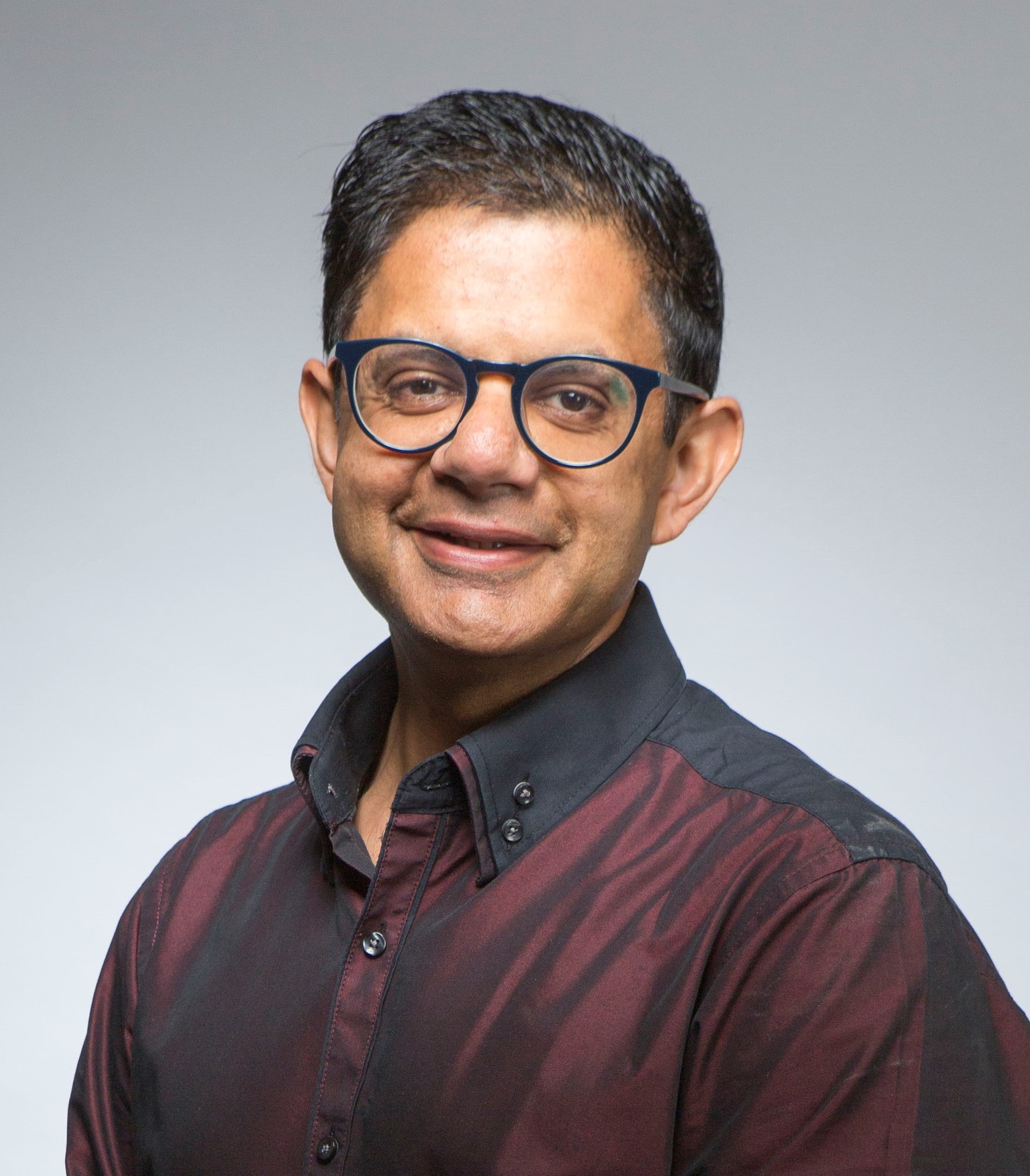
Prof. Dr. Avijit Banerjee
14:40 PROF. DR. ANNE KATHRIN LÜHRS AND PROF. DIANA WOLF: "DIFFICULT CLINICAL CASES FOR DIRECT RESTORATIONS: IMPOSSIBLE CHALLENGES?"
The evolution of composite resin restorations has opened-up a wide variety of clinical restorative possibilities. We have expanded our application to large, cusp-covering, crown-replacing, direct veneering and deep subgingival restorations, and the clinical success with these advancements supports further development. However, composite resin and adhesive technology must be understood and adapted to the challenges of each indication. Precise tools and techniques are necessary, dental creativity is useful and the utterly best process-related quality is mandatory. Professor Lührs and Professor Wolff are specialists in Preventive and Restorative Dentistry and they will take you on an exciting tour through their work with composite resin where almost nothing is impossible.

Prof Dr. Anne Kathrin Lührs

Prof. Dr. Diana Wolff
15:20 COFFEE BREAK
15:50 PROF. DR. CHRISTIAN SPLIETH AND DR. CLARISSA C. BONIFÁCIO: "INVADE OR NOT INVADE IN CARIES MANAGEMENT IN YOUNG CHILDREN"
During this lecture we will discuss the indication of non-invasive, micro-invasive, mixed and invasive treatment approaches for the management of caries in young children. Beside the evidence base, a contemporary implementation in education and empowerment of the parents will be presented in order to improve the success of less and more invasive treatments. The various options for managing carious lesions will be presented, as well as decision trees for caries management in the primary dentition.

Prof Dr. Christian H. Splieth
